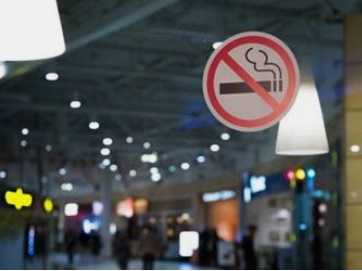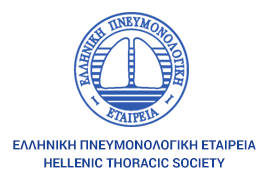
WHO statement: Tobacco use and COVID-19
COVID-19 is an infectious disease that primarily attacks the lungs. Smoking impairs lung function making it harder for the body to fight off coronaviruses and other diseases. Tobacco is also a major risk factor for noncommunicable diseases like cardiovascular disease, cancer, respiratory disease and diabetes which put people with these conditions at higher risk for developing severe illness when affected by COVID-19. Available research suggests that smokers are at higher risk of developing severe disease and death.
WHO is constantly evaluating new research, including research that examines the link between tobacco use, nicotine use, and COVID-19. WHO urges researchers, scientists and the media to be cautious about amplifying unproven claims that tobacco or nicotine could reduce the risk of COVID-19. There is currently insufficient information to confirm any link between tobacco or nicotine in the prevention or treatment of COVID-19.
Nicotine replacement therapies, such as gum and patches are designed to help smokers quit tobacco. WHO recommends that smokers take immediate steps to quit by using proven methods such as toll-free quit lines, mobile text-messaging programmes, and nicotine replacement therapies.
Within 20 minutes of quitting, elevated heart rate and blood pressure drop. After 12 hours, the carbon monoxide level in the bloodstream drops to normal. Within 2-12 weeks, circulation improves and lung function increases. After 1-9 months, coughing and shortness of breath decrease.
WHO stresses the importance of ethically approved, high-quality, systematic research that will contribute to advancing individual and public health, emphasizing that promotion of unproven interventions could have a negative effect on health.
Πηγή: who







